How I encourage inspiration for lifelong learning
By: Annie Gladden, Brunson Elementary and Diggs-Latham Elementary
Coming from a household where both parents boast college and graduate degrees, I had taken my thirst for knowledge for granted, and assumed that everyone could easily quench their thirst. I also assumed that the role of teachers is to face students with academic exercises that arm students with the skills to break down and manipulate information across subject disciplines for any purpose.
However, my experience with my students at both Brunson Elementary and Diggs-Latham
Elementary has helped me realize the importance of inspiration when cultivating life-long
learners. I have realized the role of the teacher is to glorify the learning process
to instill the drive to pursue knowledge in students. This is because, while a student’s
natural abilities may ease or complicate the learning process, it is the additional
effort that dictates one’s successes. The new found empathy I have synthesized by
realizing my actual duty has given me a pivotal tool towards cultivating my skills
as a teacher and communicator.
My goals for the upcoming semester include connecting to as many student possible,
beyond a mere willingness to follow instructions. People of all ages, from an orchestra
comprised primarily of college students to a choir comprised of senior citizens, can
occasionally be anxious and in need of constant reminders to focus when disengaged
from a topic at hand. Because of this, I want to earn the admiration of my students
so they will be motivated to grasp the common core material on their own, and not
driven out of fear of being punished by their main teachers. This motivation is what
will drive my students to pursue a deeper investigation of any subject area.
My game-plan I will be implementing from this point forward includes becoming well
versed in the choreographical, theatrical and visual arts equivalents of the musical
artistry I had worked on during my time at UNCSA, so I can become a more effective
arts integrator. I do not know if my goals of attaining such comfort level are naive
considering the duration of my remaining service term; however, I would like to try.
My experience as an ArtistCorps Service Teacher has thus far been enlightening and
occasionally stressful, but generally fulfilling. My main site, Brunson Elementary,
is where I work with non-native Hispanic students who are trying to learn English.
Coming from a bi-lingual house-hold with an African-American father and a Colombian
mother, I often take my ease in comprehension across languages for granted. This,
in conjunction with losing touch with my learning struggles as a native English speaking
kindergartner, contributed to my initial shock at the beginning of the semester.
Near the beginning of the school year, when teaching the components of a story to Kindergarten, my team and I integrated dance and drama into a story unit on “Goldilocks and the Three Bears.” One challenge the students faced pertained to their underdeveloped colloquial vocabulary, which includes terms such as “lumpy” and “squishy.” We overcame this by incorporating visual and tangible representations of each term. We also, introduced a theatrical aspect by leading a narrative pantomime during which our students acted out the actions of the featured characters. I was overjoyed when, the class session ended with high-pitched giggles and squeals of joy; a new favorite sound of mine.
Although my experiences as an ArtistCorps Service Teacher are not always this exciting and can be emotionally taxing at times, it is days like these, when my students are having so much fun learning that they seem to forget they are actually in a classroom that motivate me to keep growing as a teacher and communicator.
February 18, 2016
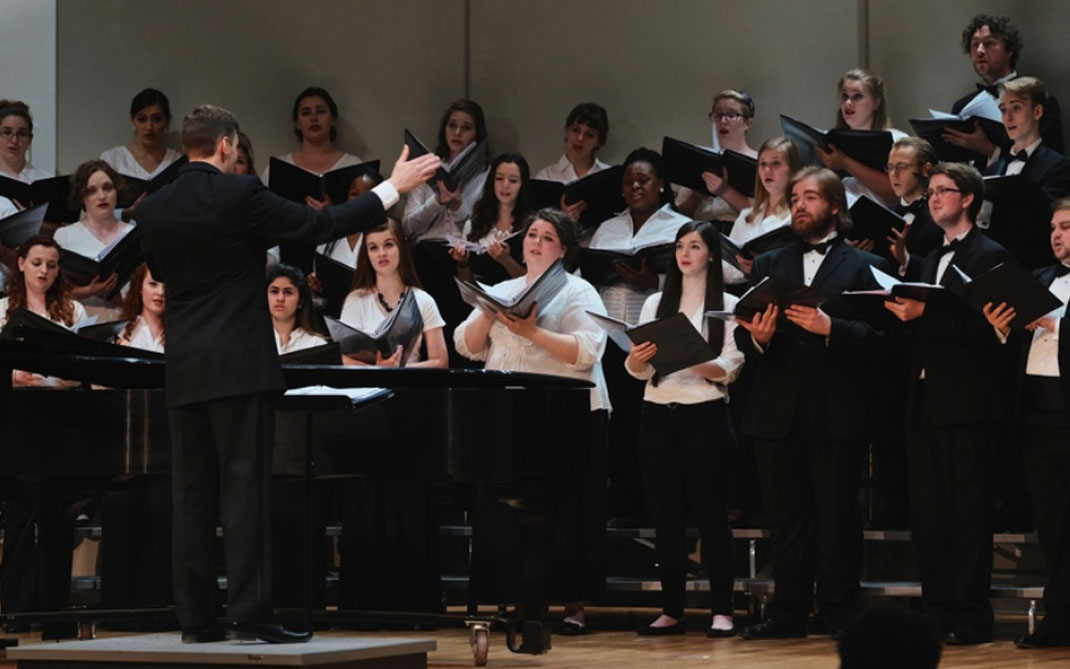
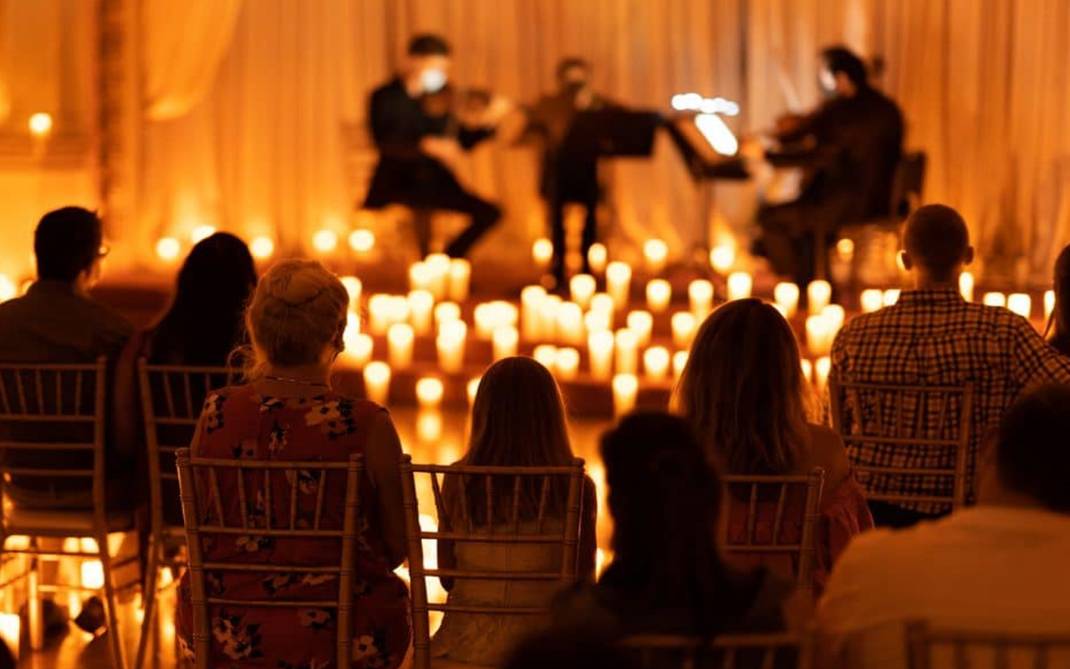



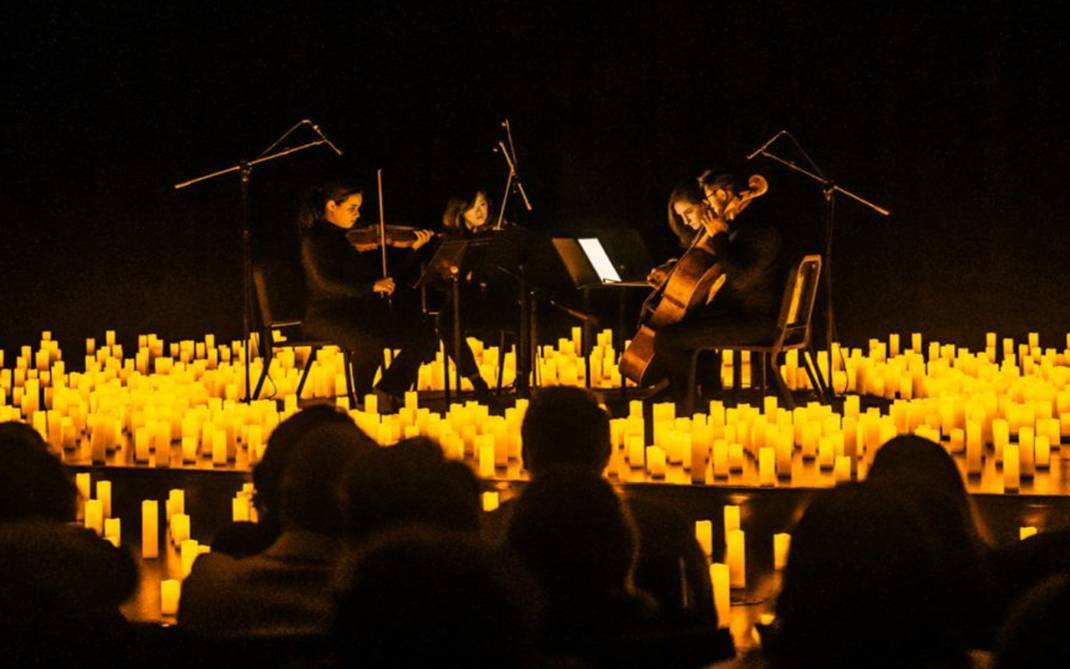
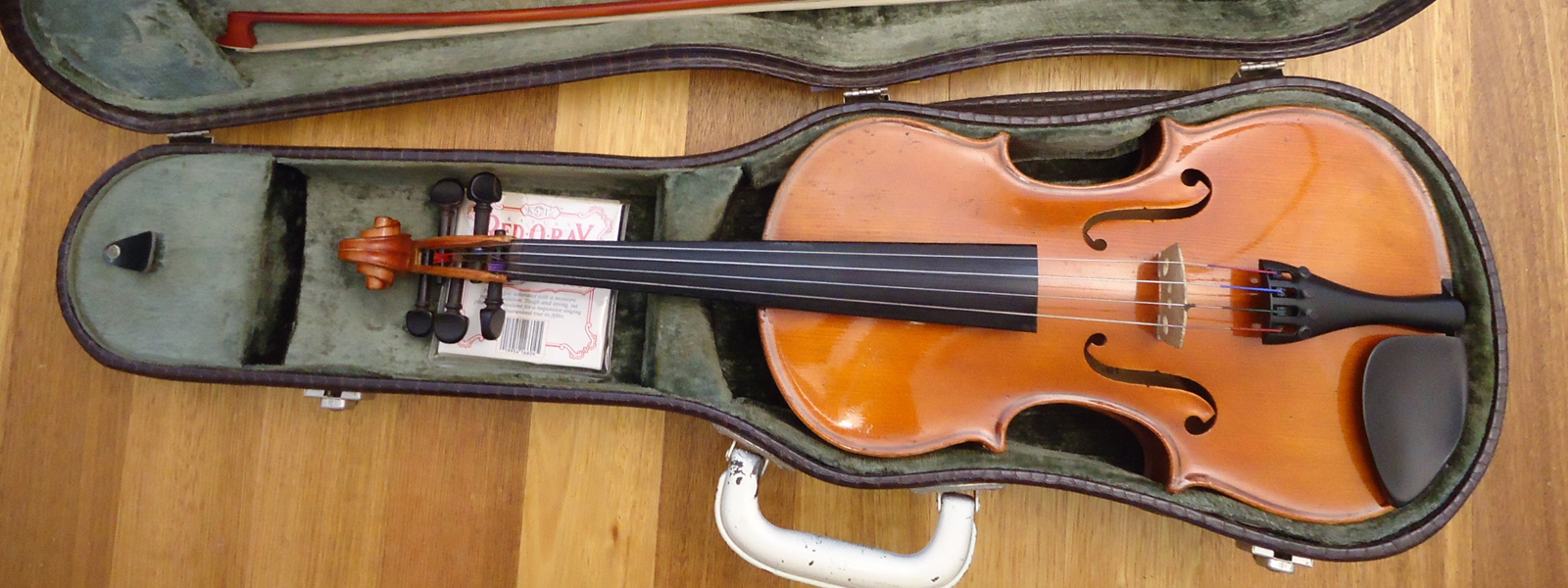
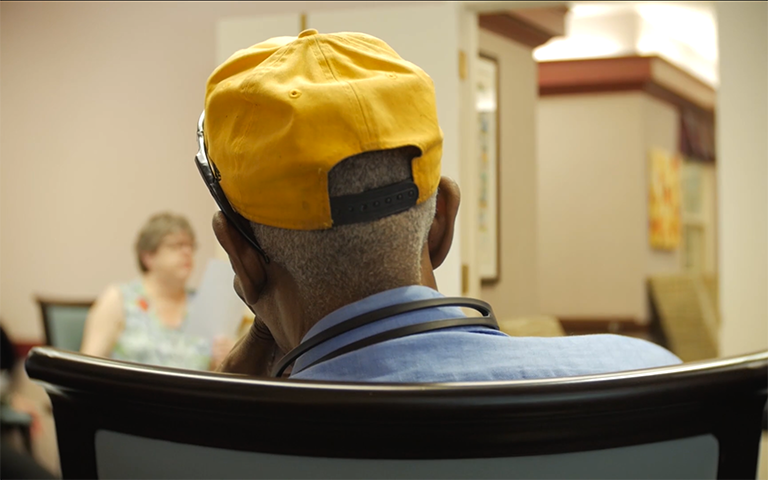 Community at the Williams Adult Day Center
Community at the Williams Adult Day Center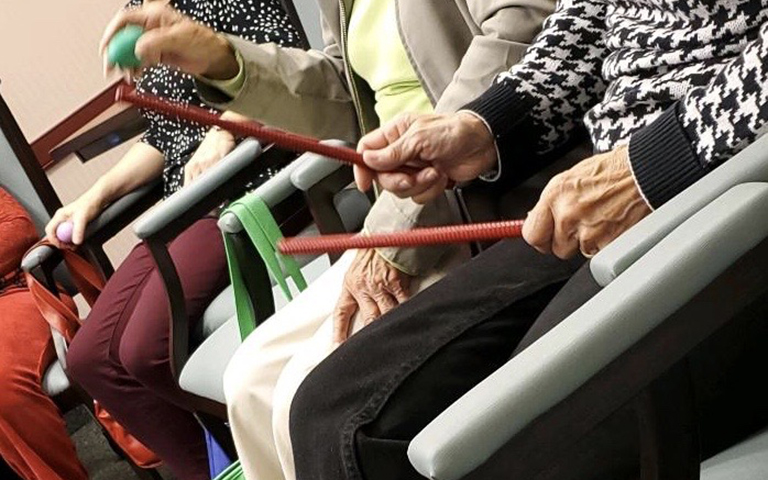 "Well, I didn't know that!"
"Well, I didn't know that!"